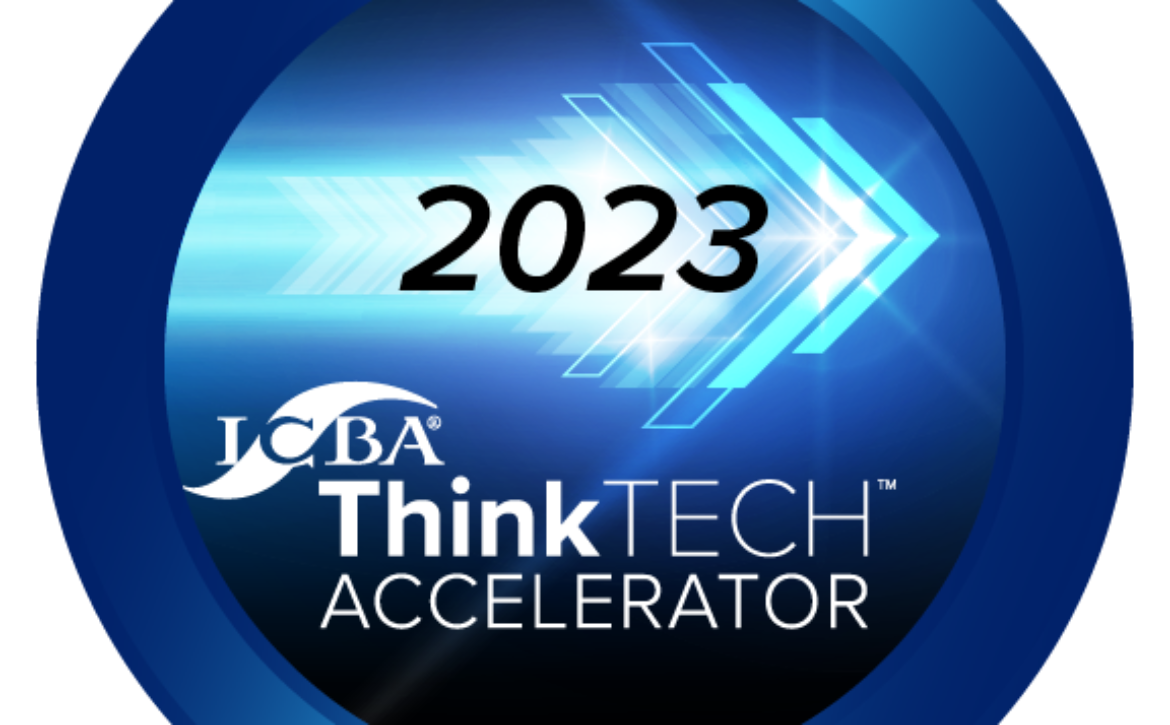A Micronotes Playbook for Winning Back Runaway Deposits — and Growing Beyond 2.1 Products per Customer
By Devon Kinkead
The reality check
Traditional institutions have watched $3 trillion flow out to fintech savings and investing apps in just five years — and the leak is worst among younger “Zillennials” who now juggle multiple primary providers and move money several times a month (The Financial Brand). The takeaway from Cornerstone Advisors’ research, featured in The Financial Brand, is clear: product-level primacy matters more than institution-level loyalty, and deposits will keep migrating to whoever solves the customer’s next job faster.
Let’s talk about how to deepen the deposit relationship by expanding wallet share, a proven retention strategy.
Four Micronotes Moves that Expand Wallet Share
| Move | How it works in Micronotes | Resulting new products |
|---|---|---|
| 1. Catch the life-event deposit | Exceptional Deposits engine flags statistical outliers the same day; a micro-interview asks,“What’s the plan for this $85,000?” | CDs, high-yield MMAs, wealth-management or trust accounts — increasing average products per customer immediately. |
| 2. Personalize the cross-sell, don’t broadcast | AI models score attrition risk & intent; only the right customers see the right offer | Uptake of credit cards, personal/auto loans, insurance bundles — without rate giveaways. |
| 3. Route hot leads to humans in real time | Warm lead (name, need, preferred channel) lands in a banker’s queue the same day | Banker closes higher-value, advice-heavy products (brokerage, robo-advice, college-savings, small-biz checking). |
| 4. Reward loyalty instead of raising rates for everyone | Targeted “thank-you” rate bumps or bundled perks only for depositors at risk of flight | Retention of large balances while protecting net-interest margin. |
Proof points
- >50% of life-event deposits leave within 90 days if no one reaches out. Institutions using Micronotes contact customers in week 1 and slash that attrition rate.
- In a recent community-bank campaign, 43 warm leads converted into $1.6 million of new CDs and investment balances in 67 days.
- Banks employing Micronotes’ Deposit Retention playbook report double-digit NPS gains and measurable growth in “quality deposits” — balances that stay longer and cross-buy more.
Putting it all together: from 2.1 to 4+ products per customer
- Detect every large or unusual deposit automatically.
- Diagnose stated intent via a 20-second micro-interview.
- Deliver a curated next step:
- “Grow it” → tiered CDs, managed accounts, robo portfolios, ESG funds.
- “Protect it” → FDIC-insured sweep, trust/estate services, insurance.
- “Spend it wisely” → debt pay-down offers, credit card balance transfers, budgeting tools.
- Deepen the relationship with loyalty boosters (rate-boost, identity-theft protection, financial-wellness coaching).
- Document & optimize — Micronotes’ reporting surfaces ROI down to the product-level so marketing dollars chase the biggest lift.
Follow this framework and a customer who once carried “one checking + one savings” can, within a single mobile session and a follow-up call, add:
- High-yield savings sub-account
- 12-month “growth CD”
- Micro-investing or advisory account
- Debit card round-up savings rule
- ID-theft protection add-on
- 12+ e-Services (e.g. mobile deposit capture, e-Statements, eAlerts)
That’s five products, stickier balances, and a far higher lifetime value — achieved without blanket rate wars or unwanted email blasts.
Next Step
Run a 90-day Micronotes Cross-Sell pilot on your online/mobile banking rails:
- Upload customer account data.
- Launch Micronotes Exceptional Deposits & Cross-Sell dialogues.
- Measure retention lift, new-product adoption, and incremental NIM.
Within one quarter you’ll have the data — and the deposits — to prove you’re no longer a “payment motel,” but the primary financial partner your customers need in a fintech-first world.










